In the infinite gride. If the value of r=2(√5−1)Ω. Find the Equivalent resistance between the point a and c.
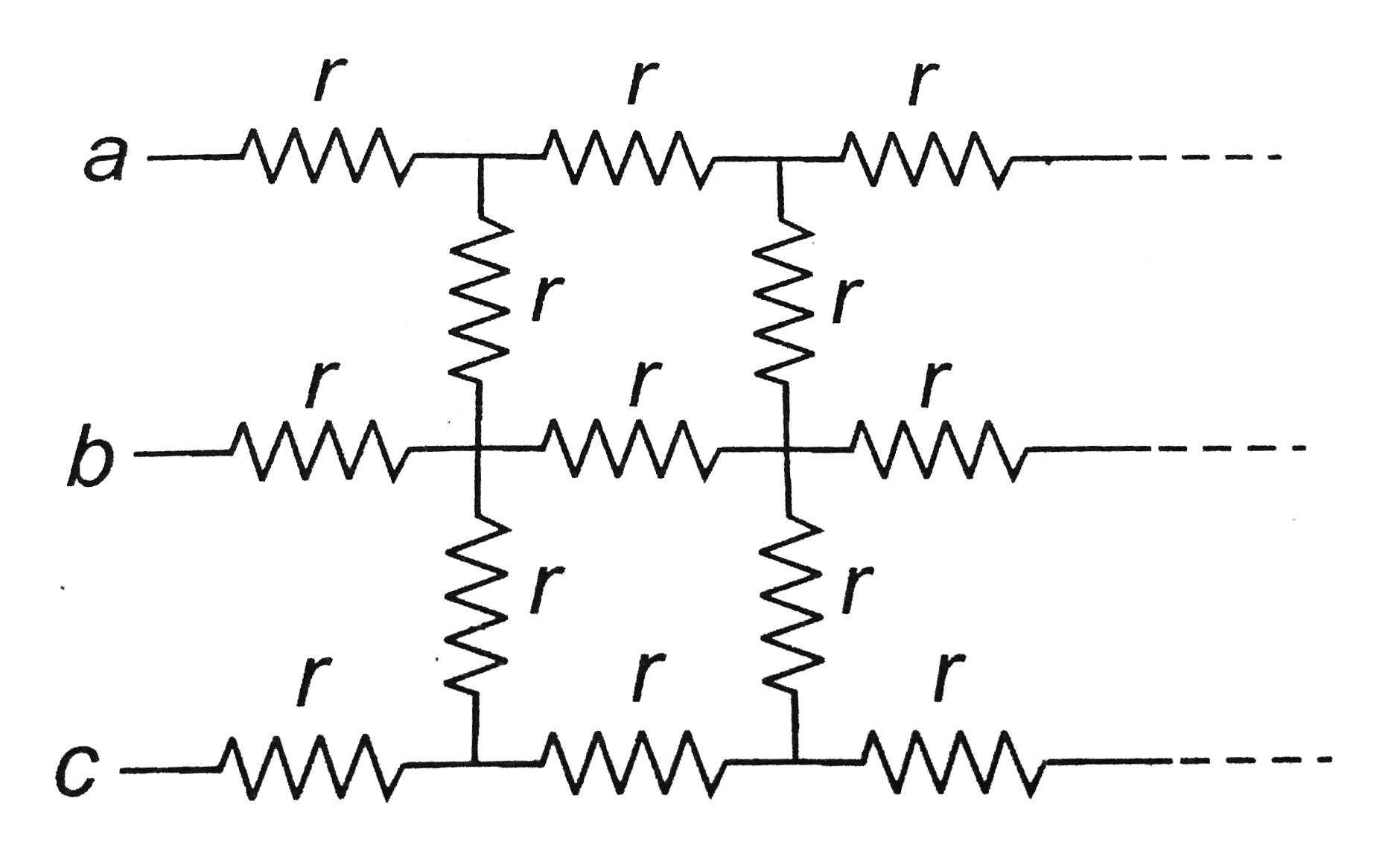
The correct Answer is:8
Due to symmetry, the line of resistors passing through b will be useless. So
req=2r+2rreq2r+req=(1+√5)r
=(√5+1)2(√5−1)=8Ω
Topper's Solved these Questions
- BOOK - CENGAGE PHYSICS ENGLISHCHAPTER - ELECTRIC CURRENT AND CIRCUITEXERCISE - Comprehension35videos
ELECTRIC CURRENT AND CIRCUIT
- BOOK - CENGAGE PHYSICS ENGLISHCHAPTER - ELECTRIC CURRENT & CIRCUITSEXERCISE - Kirchhoff s law and simple circuits15videos
ELECTRIC CURRENT & CIRCUITS
- BOOK - CENGAGE PHYSICS ENGLISHCHAPTER - ELECTRIC FLUX AND GAUSS LAWEXERCISE - MCQ s38videos
ELECTRIC FLUX AND GAUSS LAW
Similar Questions
Find the equivalent resistance between the point a and b .
 View Solution
View SolutionFind the equivalent resistance between points A and B
 View Solution
View SolutionFind the equivalent resistance between points A and B.
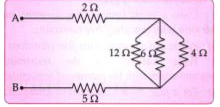 View Solution
View SolutionFind the equivalent resistance between points A and B.
 View Solution
View SolutionFind the the equivalent resistance between points A and B.
 View Solution
View SolutionEquivalent resistance between the points A and B (in Ω)
 .View Solution
.View SolutionFor the combination of resistors shown in Fig. find the equivalent resistance between the points
A and B
 View Solution
View SolutionIn the circuit shown in figure R=55Ω the equivalent resistance between the point P and Q is
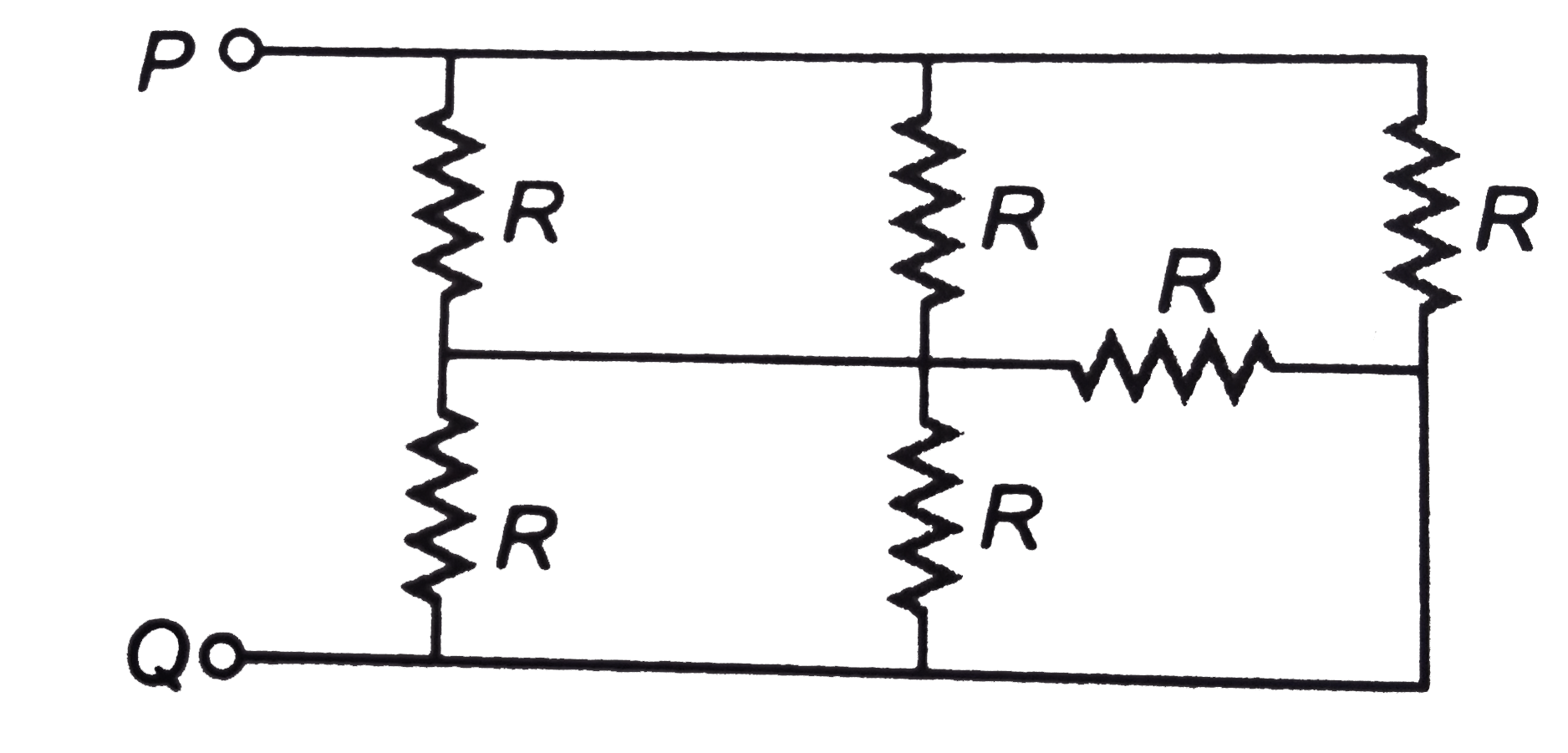 View Solution
View SolutionThe equivalent resistance between A and B will be (in Ω)
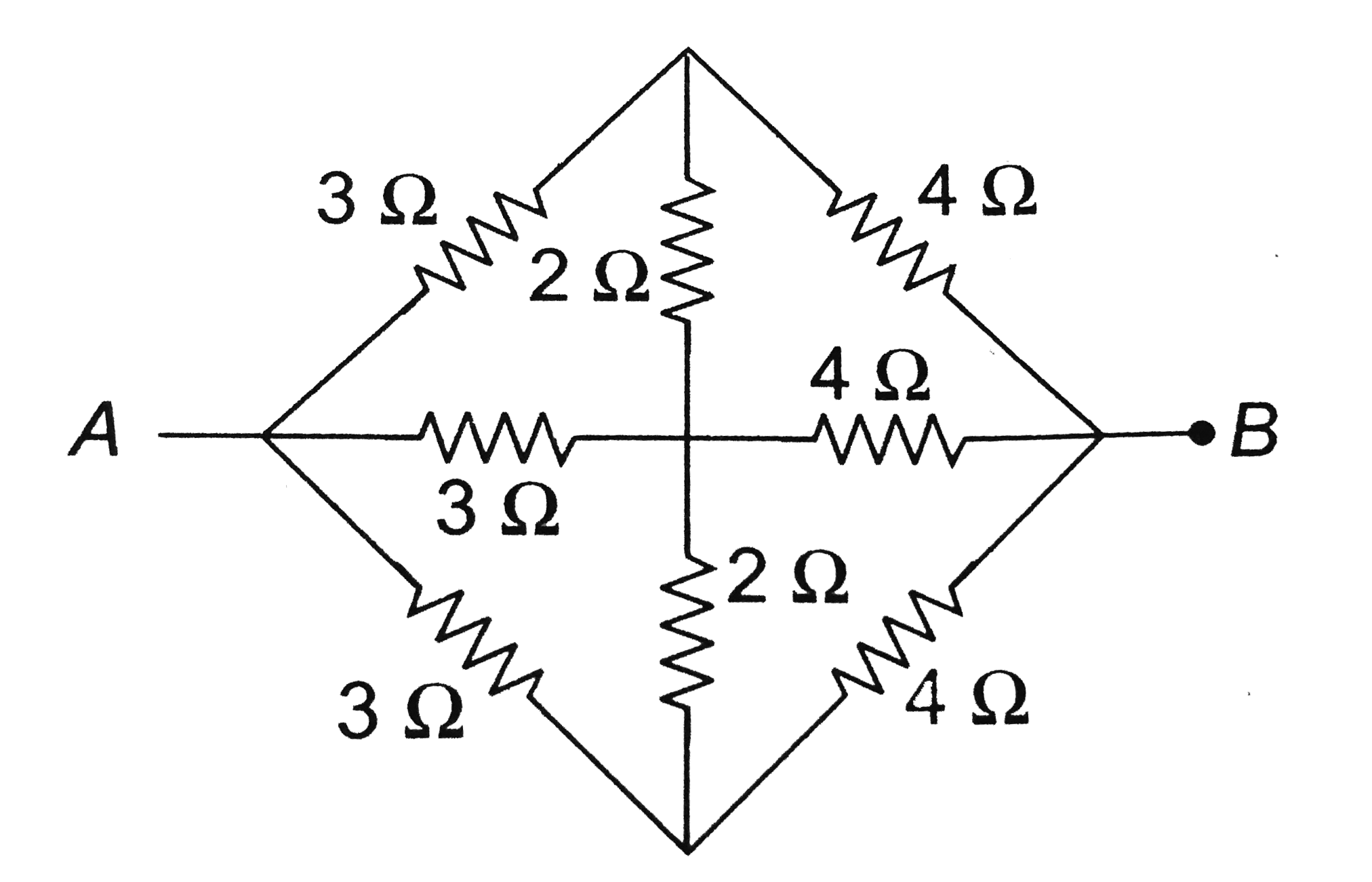 View Solution
View SolutionIn the given figure, R=3Ω. Determine equivalent
resistance between points A and B.
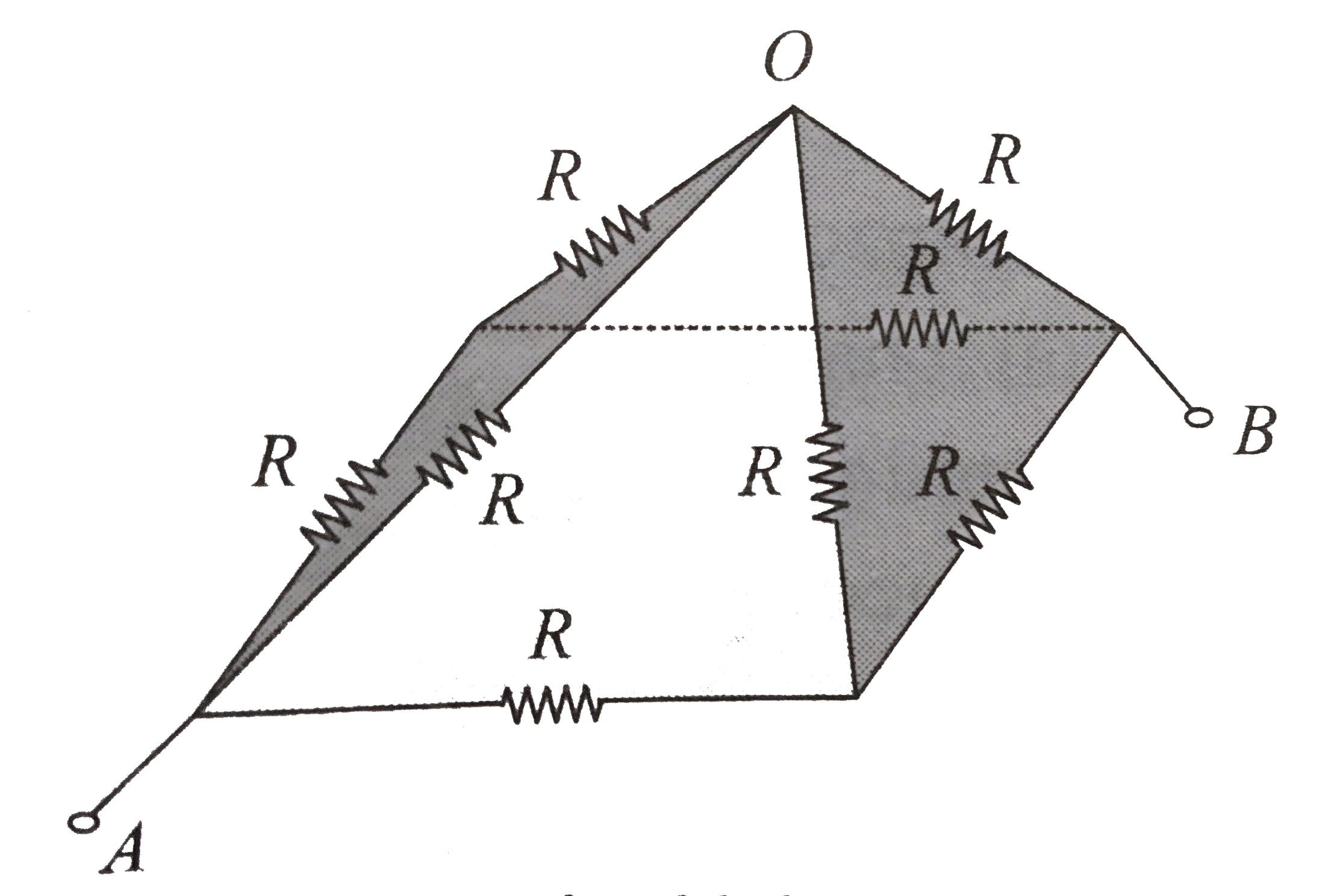 . View Solution
. View Solution

